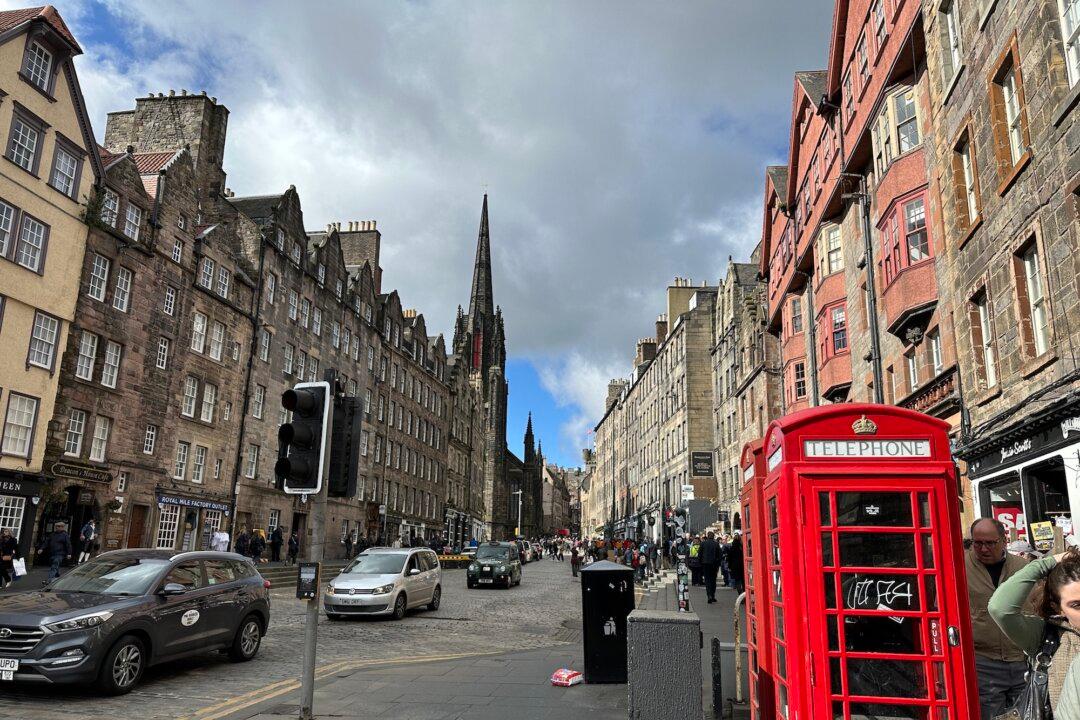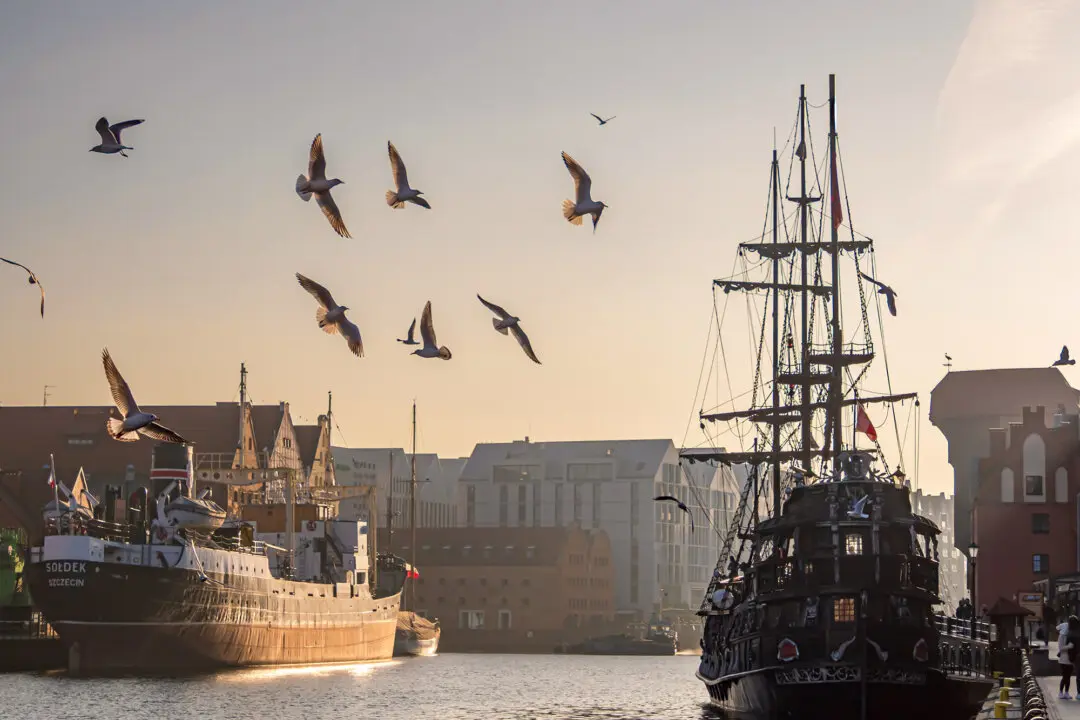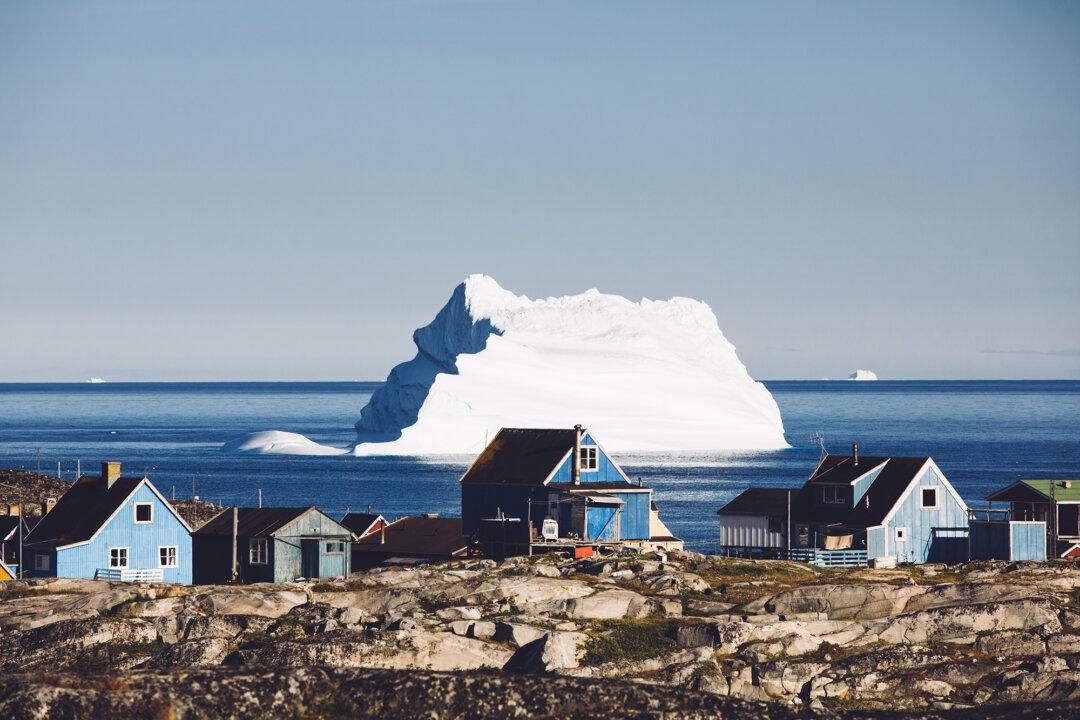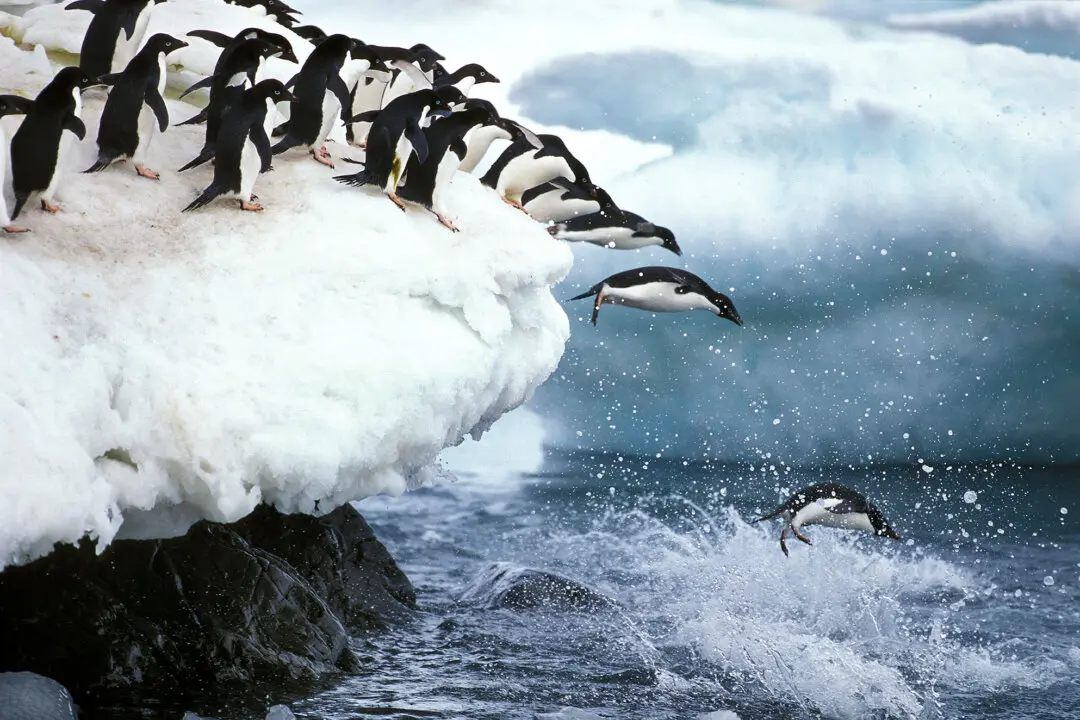It’s true—the Edinburgh Castle is pretty impressive. Seeming to spring directly from volcanic Castle Rock, its construction has been ongoing for some 1,000 years, starting way back in the 11th century. All those towers and gates and batteries just soaring over the skyline of Scotland’s moody, beautiful capital.
But it wasn’t my destination, as I ascended the last steps of the Royal Mile. Instead, just short that ancient and impressive pile of stone, I made a left, opting for a world of rich, lovely liquid rather than a trip back in time.





